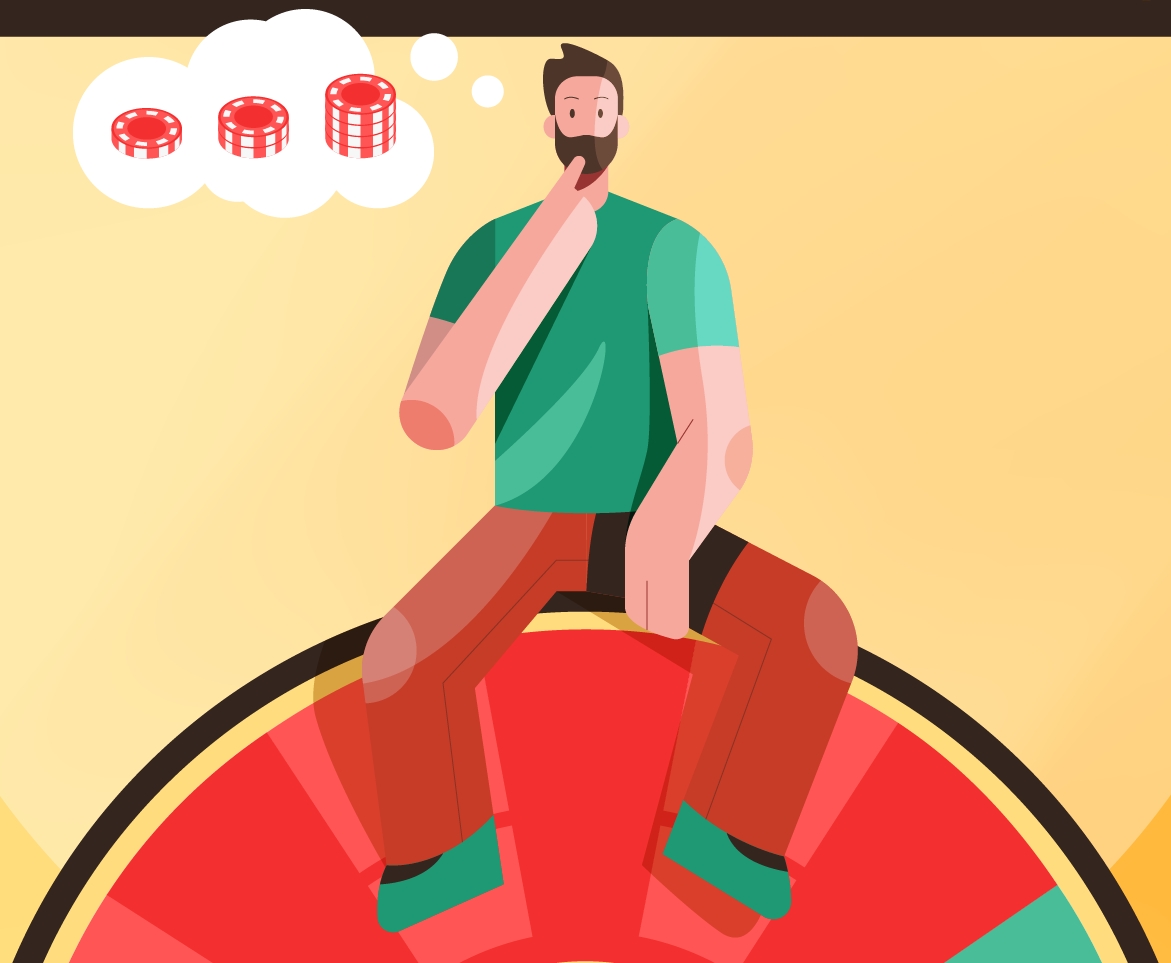Understanding the Martingale Betting System
Many gamblers are fascinated by the idea of beating the house with a foolproof strategy, holding tight to systems they believe can tilt casino odds in their favor. The Martingale system is one of the most alluring of these, promising an eventual win through a simple sequence of bets. However, beneath its surface simplicity lies a host of flaws, making it little more than a mathematical illusion.
How the Martingale System Is Supposed to Work
At its core, the Martingale betting system is easy to grasp. It works best with bets that appear nearly 50/50, such as wagering on red or black in roulette. The concept is straightforward:
– Choose a near-even chance bet (e.g., red).
– Place your initial wager.
– If you win, repeat your bet at the original amount.
– If you lose, double your stake for the next round.
This pattern continues: each time you lose, your next bet is for double the previous amount. The underlying promise is that once you finally land a win, you’ll recover all previous losses plus receive a profit equal to your original bet.
Ultimately, no matter how many consecutive losses you suffer or how much you increase your wagers, the most you can ever win is the sum of your very first wager per sequence.
Illustrating the System with a Realistic Example
To better understand the logic—and the risk—let’s see how the Martingale system plays out over a losing streak.
Suppose you start with a bet of $1 on red in roulette and lose. Your next bet is $2, but you lose again. This doubling continues, building rapidly as shown:
| Spin Number | Bet Amount | Total Loss So Far |
|---|---|---|
| 1 | $1 | $1 |
| 2 | $2 | $3 |
| 3 | $4 | $7 |
| 4 | $8 | $15 |
| 5 | $16 | $31 |
| … | … | … |
| 21 | $1,048,576 | $2,097,151 |
If, after 21 consecutive losses, you finally win on the 22nd spin by betting $1,048,576, you recover all previous losses ($2,097,151) and gain a net profit of just one dollar. To secure that small gain, you must risk over $2 million—making the system hazardous for your bankroll.

The Limitations and Dangers of Chasing Losses
Advocates of the Martingale system often downplay how rare long losing streaks are, believing that consecutive losses “almost never happen.” While such streaks are statistically uncommon, they do occur—sometimes at the worst possible moment. When they do, two critical obstacles arise:
– Few players possess limitless funds to cover repeated bet doubles.
– Casinos set maximum and minimum betting limits, cutting off the doubling progression before players can recover losses.
Even if you have an enormous bankroll, the betting limits imposed by casinos mean the Martingale method is mathematically destined to fail in the long run. Periodic wins may be frequent, but a sustained losing streak will wipe out accumulated gains and more.
The Gambler’s Fallacy and Randomness in Roulette
A major psychological pitfall attached to the Martingale is the “gambler’s fallacy”—the false belief that previous outcomes in a random game affect the odds of future outcomes. For example, if a roulette table produces a string of blacks, many are convinced red is “due” and is increasingly likely on the next spin. In reality, each roulette spin is independent; the odds remain the same every time, regardless of previous results.
In addition, roulette is not a perfect 50/50 proposition because of the green zero (or double zero in American roulette), which tips the long-term odds further in favor of the house. This subtle edge ensures the casino’s mathematical advantage persists, no matter what system is employed.
Personal Experience and the Temporary Allure
Gamblers sometimes become enamored with systems like the Martingale because they see frequent small wins before experiencing a catastrophic loss. For example, using display systems in a European casino, a group might bet against a streak of six consecutive reds or blacks, hoping a reversal is imminent. While this approach might bring short-term gains, it inevitably succumbs to a losing streak, erasing previous profits and then some.
Those who have studied or tracked these systems over time observe that any initial success is illusory. Even small improvements, such as targeting specific streaks or adjusting triggers, do not overcome the fundamental mathematical disadvantage.
Martingale Variations and Their Shortcomings
Several variants of the Martingale system promise a fix for its faults, such as the Split Martingale (Labouchere) or the Reverse Labouchere, each tweaking the way bets are increased or recovered. While these may infuse a sense of novelty or temporary success, they all fail to overcome the house edge that is hardwired into games like roulette. The built-in table limits and the finite resources of every gambler make sure of that.
Conclusion: Why the Martingale Method Cannot Beat the Casino
The Martingale system entices with the allure of inevitable small wins and the simple logic of “recovering losses,” but in reality, it is a risky approach built on false assumptions. The cost of a single sustained losing streak can wipe out not just winnings but entire bankrolls—and the casino’s limits ensure the system cannot run indefinitely.
Instead of relying on betting systems and the illusion of control, players are better served by recognizing the house edge and enjoying casino games for entertainment, not guaranteed profits. The best defense against loss is an honest understanding of the rules and the unwavering mathematics of gambling.










